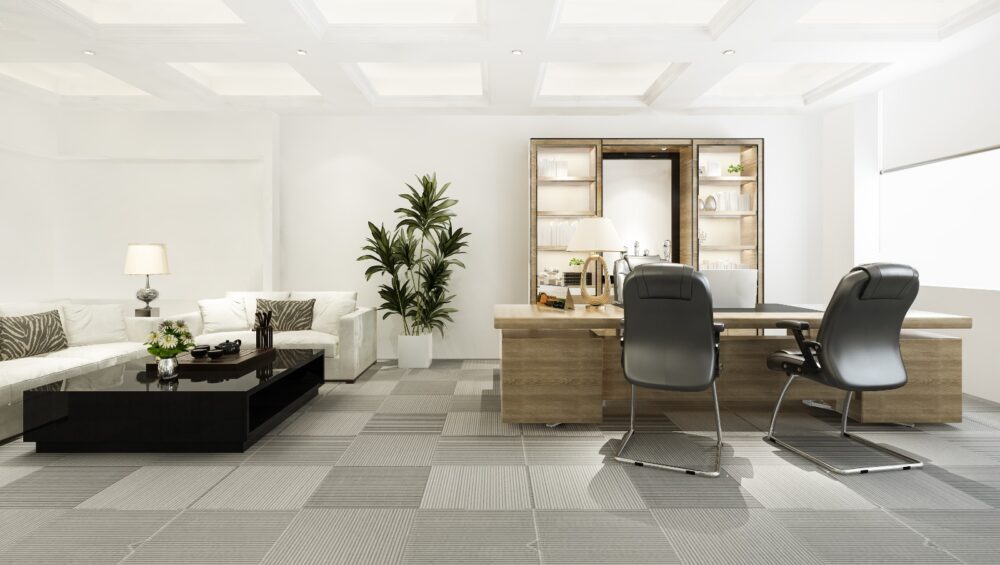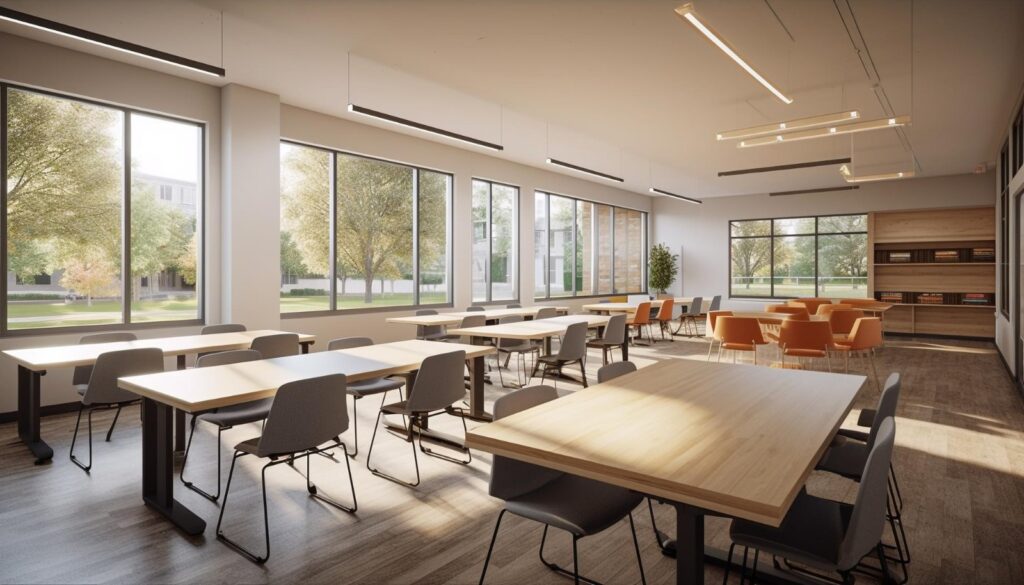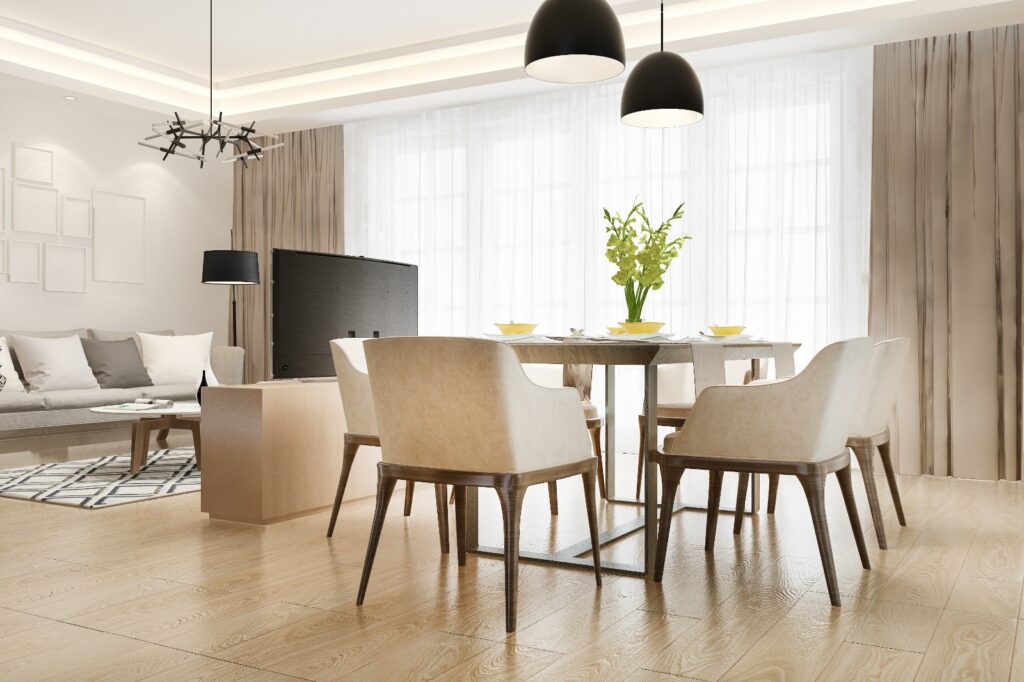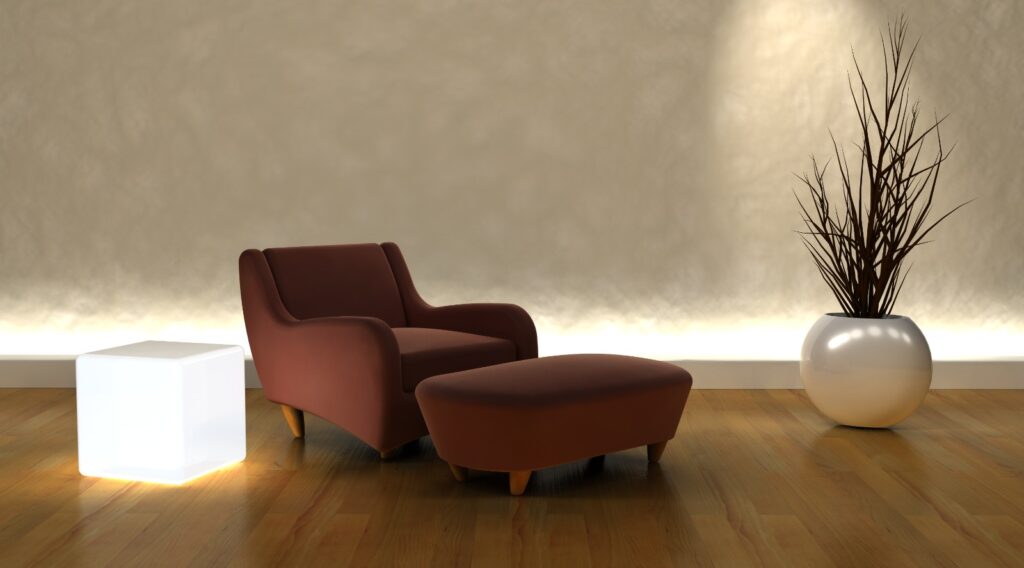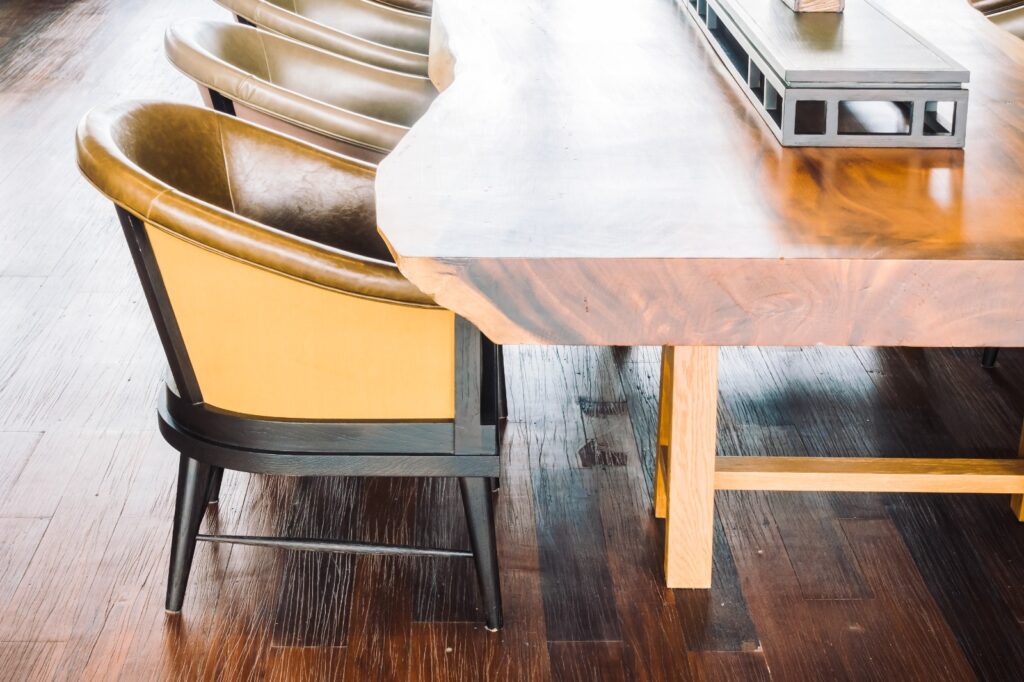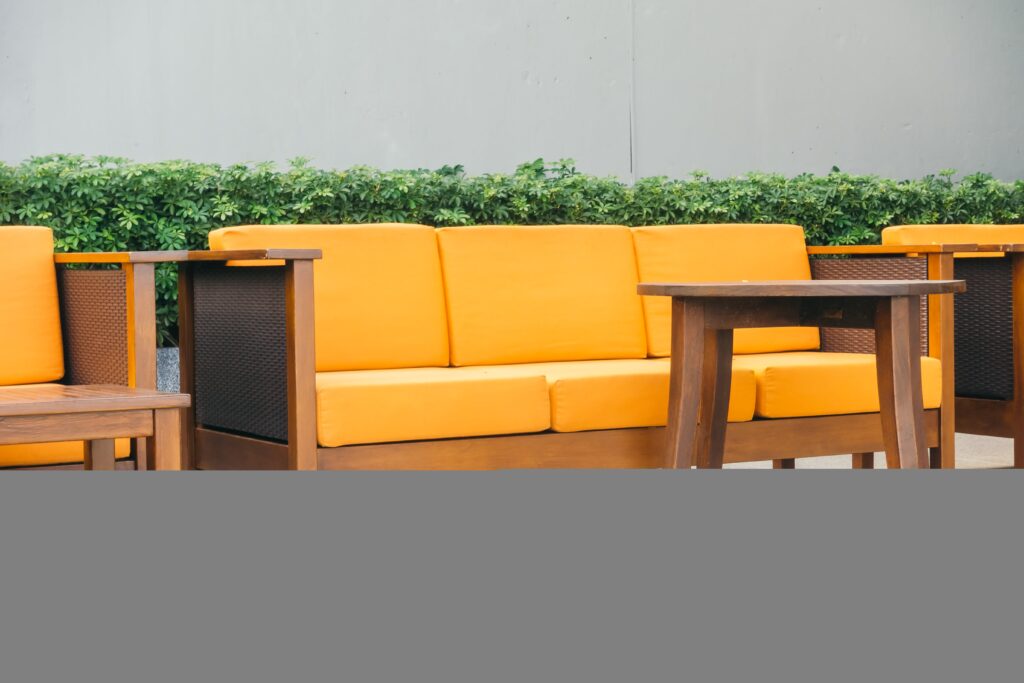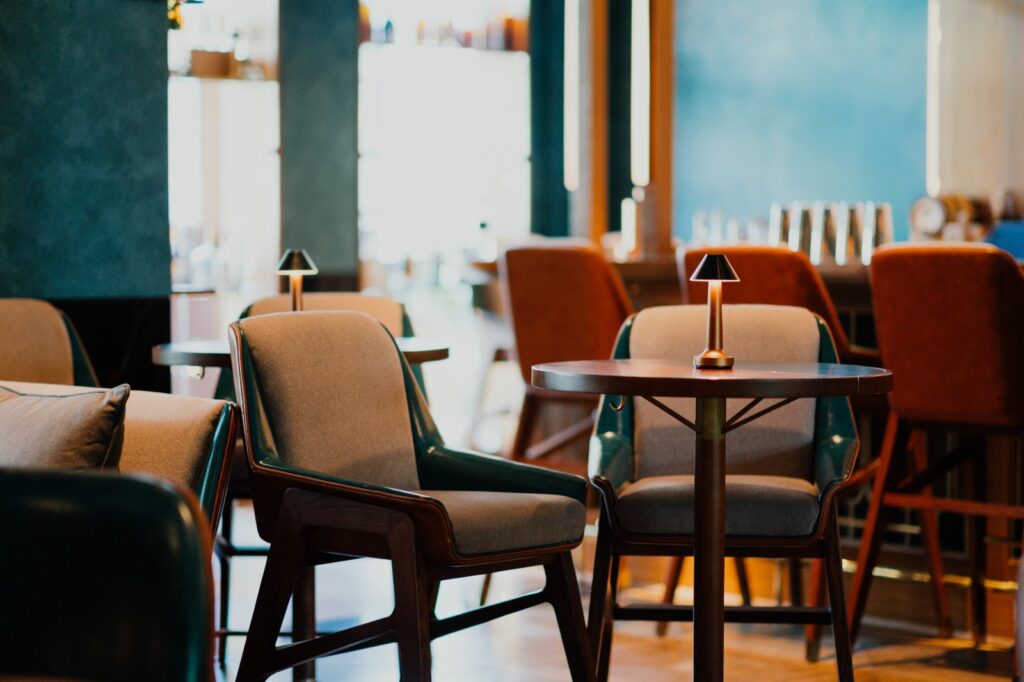Introduction
When we step into an office, the arrangement of furniture immediately catches our eye. It’s more than just chairs and desks; it’s a strategic design aimed at fostering collaboration, productivity, and employee satisfaction. The furniture chosen, its placement, and even its colors communicate a wealth of information about the office’s culture, values, and priorities.
Looking for: Branded Commercial Furniture near me.
The Evolution of Office Layouts
The concept of office layouts has come a long way from the traditional cubicle farms of the past. Modern offices embrace open spaces, communal areas, and flexible workstations. This shift is driven by a deeper understanding of how workspace design affects employee performance and happiness. As a cornerstone of office design, Modern commercial furniture embodies these changes.
Psychology of Productivity: Furniture Placement and Flow
The layout of furniture can significantly impact the flow of work and communication. Thoughtfully placed furniture can encourage spontaneous interactions and idea-sharing. Placing furniture strategically in relation to high-traffic areas can promote efficiency and minimize distractions, leading to improved productivity.
The Role of Ergonomics in Employee Well-being
Ergonomics plays a crucial role in the well-being of employees. Ergonomically designed furniture, such as adjustable chairs and standing desks, not only enhances physical comfort but also reduces the risk of health issues like back pain and repetitive strain injuries. This investment in employee health reflects a company’s commitment to its workforce.
Furniture and Collaborative Spaces: Fostering Innovation
Collaboration is the cornerstone of innovation. Modern offices incorporate collaborative spaces furnished with comfortable seating and tools for brainstorming. These spaces send a clear message that teamwork and creative thinking are valued and encouraged.
Impressions and Aesthetics: Furniture as a Reflection of Company Culture
The choice of furniture styles, colors, and materials contributes to the overall aesthetic of the office. Sleek and modern furniture may convey a tech-savvy and progressive image, while classic designs might reflect a more traditional and established company culture.
Flexibility and Adaptability: Agile Furniture for Modern Workplaces
In the fast-paced world of business, adaptability is key. Furniture that is easy to rearrange and repurpose allows the office to evolve as needs change. Whether it’s a sudden expansion or a shift in project focus, agile furniture supports flexibility.
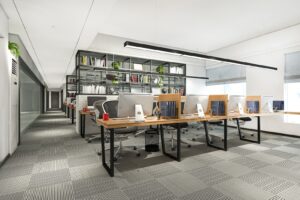
Colors, Materials, and Mood: Creating the Right Atmosphere
Different colors and materials evoke different emotions and moods. Bright and vibrant colors can stimulate creativity, while neutral tones promote a sense of calm. The choice of materials, such as wood or metal, contributes to the overall atmosphere of the workspace.
Personalization and Ownership: The Impact of Customizable Furniture
Allowing employees to personalize their workspaces with adjustable furniture not only promotes a sense of ownership but also enhances motivation and morale. Customizable furniture acknowledges individuality within a collaborative setting.
Privacy and Focus: Furniture’s Influence on Concentration
Amidst the hustle and bustle of an office, employees also need quiet spaces for focused work and concentration. Well-designed furniture can create semi-private work areas that offer the right balance between solitude and accessibility.
Breaking the Hierarchy: Furniture and Open Communication
The arrangement of furniture can reflect a company’s hierarchy or encourage a more open communication culture. Placing executives in an open workspace, for instance, can promote transparency and approachability.
Sustainability Matters: Eco-Friendly Furniture in Green Workplaces
As sustainability becomes a global priority, eco-friendly furniture choices are gaining traction. Furniture made from recycled materials or sustainably sourced wood aligns with a company’s commitment to environmental responsibility.
The Balance Between Comfort and Professionalism
Comfortable furniture doesn’t have to sacrifice professionalism. Sleek, ergonomic designs ensure that employees are at ease without compromising the polished image of the company.
The Role of Feedback in Furniture Evolution
Office furniture is not static; it evolves based on user feedback and changing needs. Regularly seeking input from employees about furniture comfort and functionality contributes to a continually improving workspace.
Conclusion
In the intricate dance of office design, commercial furniture takes center stage. From promoting productivity and collaboration to reflecting company values and supporting well-being, the furniture we choose speaks volumes about the psychology behind office layouts. By understanding the nuanced influence of furniture, companies can craft spaces that not only foster efficient work but also cultivate a thriving and harmonious work environment.
Searching for: Branded Commercial Furniture in Pakistan.
FAQs
Q1: Can the color of commercial furniture impact employee performance?
A1: Absolutely. Colors can affect mood and productivity. Bright colors may encourage creativity, while calming tones promote focus.
Q2: How does ergonomic furniture enhance productivity?
A2: Ergonomic furniture provides comfort and reduces discomfort, allowing employees to focus more on their tasks and less on physical strain.
Q3: What role does furniture play in promoting collaboration?
A3: Collaborative furniture setups, like open seating and communal spaces, encourage spontaneous interactions and idea-sharing among employees.
Q4: How can companies balance aesthetics with functionality in their furniture choices?
A4: Companies can choose furniture that aligns with their aesthetic preferences while ensuring ergonomic design and practicality.
Q5: Why is sustainability important in office furniture selection?
A5: Sustainable furniture choices reflect a company’s commitment to environmental responsibility and can resonate with eco-conscious employees.

